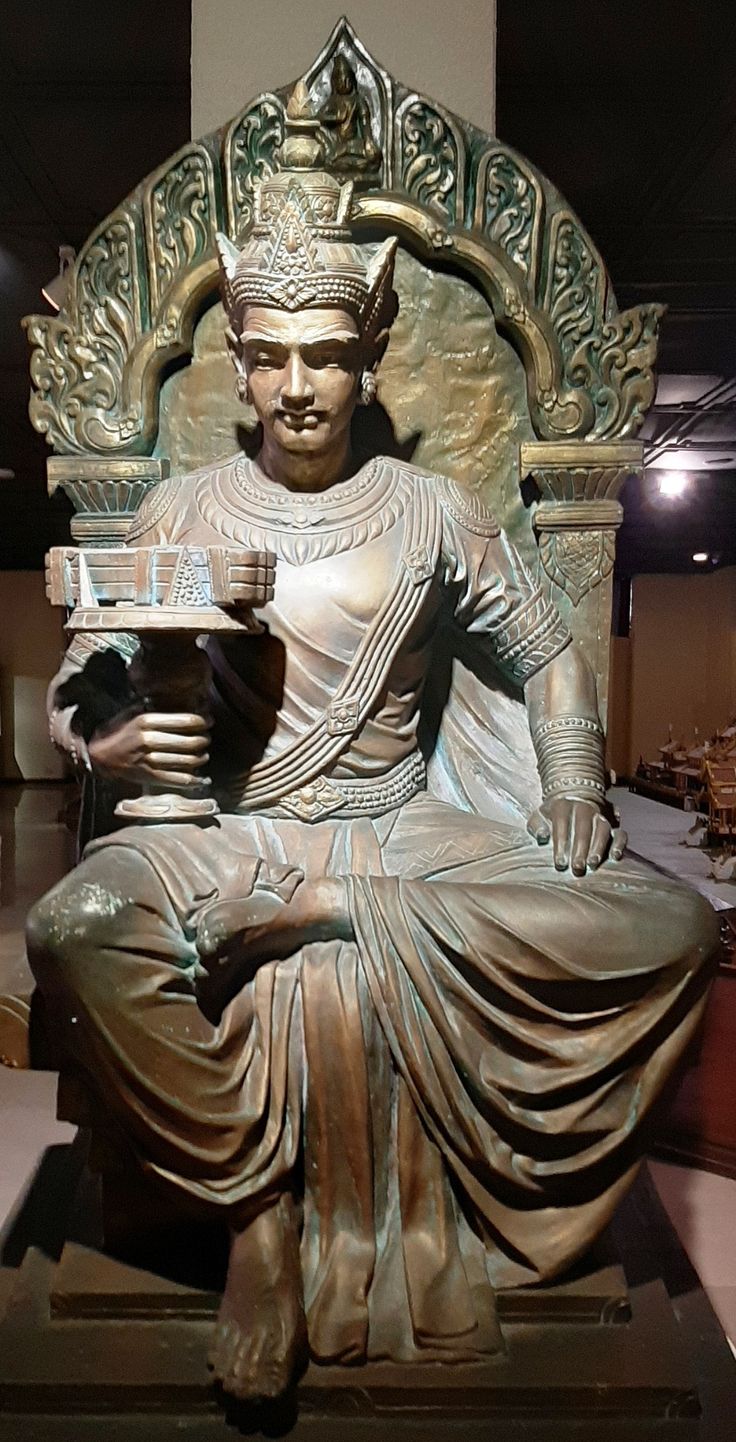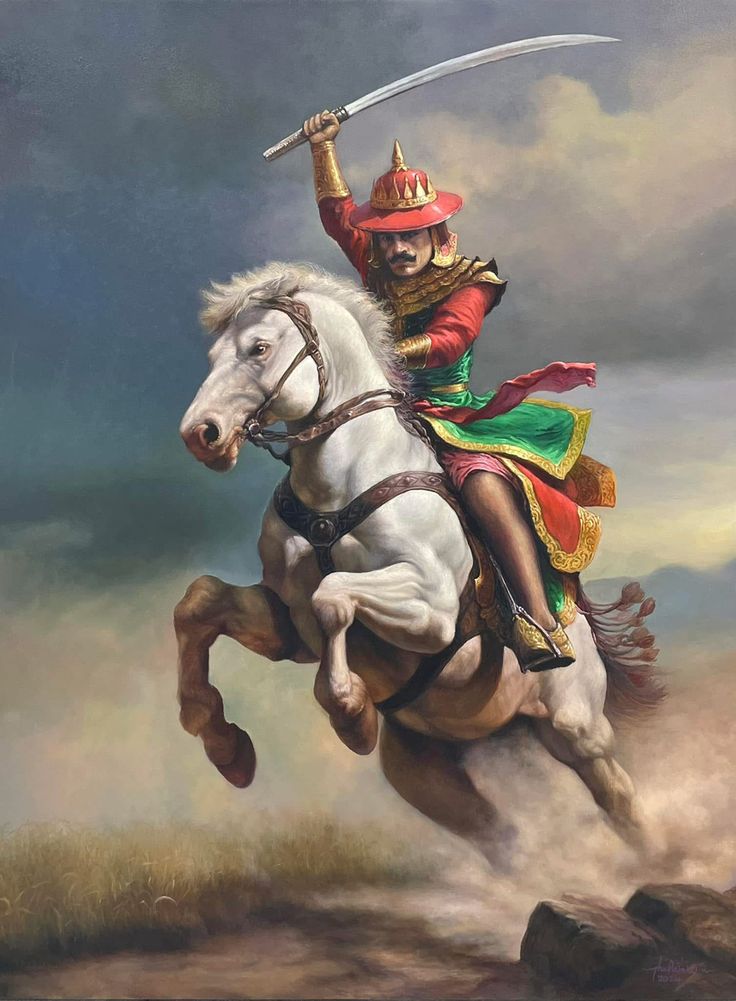The Rise of Bagan: A Kingdom Forged in Faith and Stones
In the days before Bagan, the land was fractured—scattered Pyu city-states clung to power, their influence waning like dying embers. But from the shadows of uncertainty, a new force emerged. The Bamar people, fierce and ambitious, crossed the mighty Irrawaddy River, claiming the sunbaked plains as their own.
It was 849 CE when the first stone of Bagan was laid—a walled fortress, a mere whisper of the empire it would become. For nearly two centuries, warlords and chieftains vied for dominance, their banners rising and falling like the tides. But true destiny waited for one man: Anawrahta.
In 1044, Anawrahta seized the throne, not just with steel, but with vision. He crushed rival factions, bent rebellious lords to his will, and did what none before him had achieved—he unified the lands under one crown. Yet, power alone was not enough. The soul of a kingdom must be shaped, and so he turned to faith.
From the far reaches of Sri Lanka, the teachings of Theravāda Buddhism arrived in Bagan, carried by monks and whispered by sages. Anawrahta embraced it, casting aside the old ways of spirit worship and decreeing a new path for his people. With faith as his shield and ambition as his sword, he ordered the construction of temples that would stand for centuries—monuments to gods, kings, and time itself.

Bagan blossomed into a city of over 10,000 temples, its golden spires clawing at the heavens. Scholars, traders, and artisans flocked to its gates, bringing wealth, wisdom, and war. For two centuries, Bagan stood unchallenged, its kings shaping an empire that seemed untouchable.
But all empires, no matter how mighty, must face their reckoning... and Bagan’s fate was already being written in the sands of time.



Let's connect . . .
I'm always open to new connections, collaborations, and projects. Reach out to me through any of the platforms below!